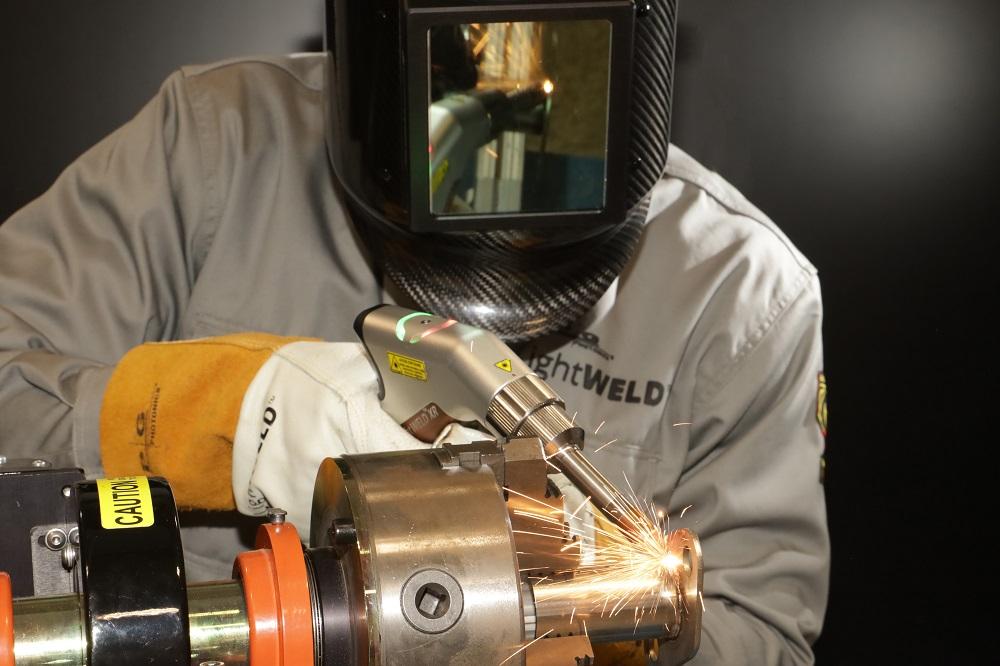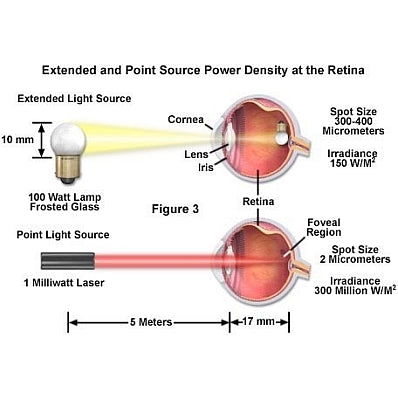Top Tips On Deciding On A Safe Laser Therapy
Wiki Article
How Can Safe Low-Level Laser Therapy (Lllt) Which Is Also Referred To As Low-Level Laser Therapy, Aid In The Treatment Of Respiratory Inflammatory Disease?
Secure Laser Low-Level Laser Therapy (LLLT), can help reduce inflammation of the respiratory tract via a variety of mechanisms. Anti-inflammatory effects - LLLT is shown to reduce inflammation by blocking proinflammatory cytokines and encouraging anti-inflammatory mediators. LLLT helps to reduce inflammation in respiratory diseases, including bronchitis. The inflammation can trigger symptoms like coughing and wheezing.
Bronchodilation - LLLT promotes relaxation of smooth muscles in the airways that leads to bronchodilation. It can help people with asthma and chronic obstructive lung disease (COPD) where the bronchoconstriction can contribute to breathing difficulties.
Improved blood circulation LLLT stimulates vasodilation and microcirculation. The increased blood flow leads to improved lung and airway function. The improved circulation assists in delivering nutrients and oxygen to inflamed tissues to promote healing and lessen inflammation.
The Enhanced Immune Response LLLT has been proven to alter the immune system through stimulation of cytokines. It also improved phagocytosis – the process that allows immune cells to engulf and eliminate pathogens. This may help boost the immune system against respiratory infections and lessen inflammation in the airways.
Reduction of Mucus Production LLLT could help to reduce excessive mucus production in the airways, by facilitating the removal of mucus as well as reducing inflammation of the respiratory tract. This could beneficial for those suffering from chronic sinusitis and bronchitis where excess mucus triggers respiratory symptoms.
Alleviation Allergic reactions - LLLT can be used as a potential therapy for allergic rhinitis. This condition is defined by inflammation of the sinuses, nasal passages, and nasal membranes. LLLT reduces inflammation and enhancing immunity, can help alleviate allergies, such as nose congestion, sneezing, and itching.
Overall, safe Laser low-level laser therapy provides a non-invasive, drug-free solution for managing inflammation in the respiratory system and symptoms, bringing relief and improving respiratory function. However, it's important to talk with a healthcare expert for a proper diagnosis and treatment recommendations prior to using LLLT to treat respiratory issues. Take a look at the top rated lágylézer for more recommendations including otthoni lézer kezelés, lézer kezelés hatása, lágylézer kezelés, lágylézer készülékek, lágylézeres készülék, laser kezelés, lágylézer készülékek, orr lézer készülék, lágy lézer, mozgásszervi problémák and more.

How Does Safe Laser Help With Ear, Nose, And Throat Issues?
Secure Laser Low-Level Laser Therapy (LLLT), can help with a variety of ENT (ear, nose, and throat) issues through a variety of mechanisms. Reducing inflammation- LLLT's anti-inflammatory properties can help reduce swelling in tissues surrounding the ear and nasal area. It is a great option for treating conditions like sinusitis rhinitis, and tonsillitis. Inflammation contributes to symptoms including nasal congestion, sore neck and ear irritation.
Pain Relief LLLT alters the perception of pain by affecting nerve conduction and decreasing the release of pain mediators such as substance P. In ENT conditions, LLLT can help alleviate the pain that is associated with earache, sore throat or sinus pressure.
Enhanced Tissue Regeneration - LLLT boosts cellular metabolism, which accelerates tissue repair and regeneration. LLLT can aid in promoting quicker healing in ENT conditions, including Otitis media (middle ear infections) or the pharyngitis.
Improved Circulation - LLLT improves microcirculation and dilation of the vascular system, which results in greater blood flow to the site of injury. The improved blood circulation will help provide nutrients and oxygen, which aid in healing and reduce inflammation.
The antimicrobial properties of LLLT can assist to reduce the amount of viral or bacterial burden in the sinuses, or nasal passages. This could be beneficial in treating infections such as tonsillitis or sinusitis.
Relief from Allergy Symptoms LLLT reduces inflammation in the sinuses and nasal passages and can help alleviate symptoms of allergic rhinitis. It can lead to less nasal congestion, sneezing, and itching.
Tinnitus Treatment LLLT was investigated as a treatment option for Tinnitus. Tinnitus causes ringing and buzzing sounds in the ear. While the precise mechanism isn't fully understood, LLLT may help improve blood flow and reduce inflammation of the auditory system. This can lead to less tinnitus-related symptoms.
Secure Laser low-level therapy can be a non-invasive and drug-free way to manage the ear, throat and nose disorders. It can offer relief from symptoms, as well as speed up healing. Before making use of LLLT you should consult a specialist ENT to determine the cause and recommendations on treatment. Read the recommended safe laser 1800 for more advice including safe laser készülék, safe laser vélemények, lagylezer terapia, lágylézer hatása, lágy lézer, lágylézer kezelés, lágylézer kezelés, lagy lezer, lézeres fájdalomcsillapítás, safe laser készülék and more.

How Long Does It Take A Laser Device That Is Safe And Secure To Be Effective On Dental And Oral Conditions?
Safe Laser Low-Level Laser Therapy (LLLT) is a treatment that can offer a variety of benefits for dental and oral issues. The results will vary depending on the specific condition which is being treated, the severity of the issue is, the patient's general oral health, and the response of treatment. LLLT sessions are generally scheduled over a specified time for the greatest results.
The type and severity of your conditionThe type of dental or mouth condition that you're treating could affect the number LLLT sessions required. Based on the severity of the issue, LLLT may be required in different ways.
Individual Reactions to Treatment Personal factors such as overall dental and oral health as well as immune function, healing capacity and other variables can affect how an individual reacts to LLLT. Certain people may react faster to treatment and show more rapid improvement in symptoms while others might require more prolonged therapy.
Treatment protocol - The treatment plan recommended by a dentist can have a major effect on the frequency and duration of LLLT treatments for oral and dental issues. Healthcare professionals can create treatment plans to meet the requirements of every patient, which includes scheduling LLLT sessions at intervals or multiple times per week.
Chronic vs. Acute Conditions - The distinction between chronic and acute ailments can impact on the number of LLLT treatments required. In the case of acute problems, like oral sores or postoperative pain could need fewer sessions to alleviate. Chronic conditions like TMJ or periodontitis might require more time to treat.
While some individuals may experience improvements in dental and oral conditions after just a few LLLT sessions, others might require more time for optimal results. It is essential to adhere to the treatment program prescribed by a dental professional and be present at every scheduled LLLT sessions to reap the maximum advantages of treatment for dental and oral conditions. The communication with your dentist and regular monitoring of your oral health is crucial to ensure proper management.